site search
online catalog
INDIAN WAR FIELD-USED CAMPAIGN HAT MADE FROM A CIVIL HARDEE HAT
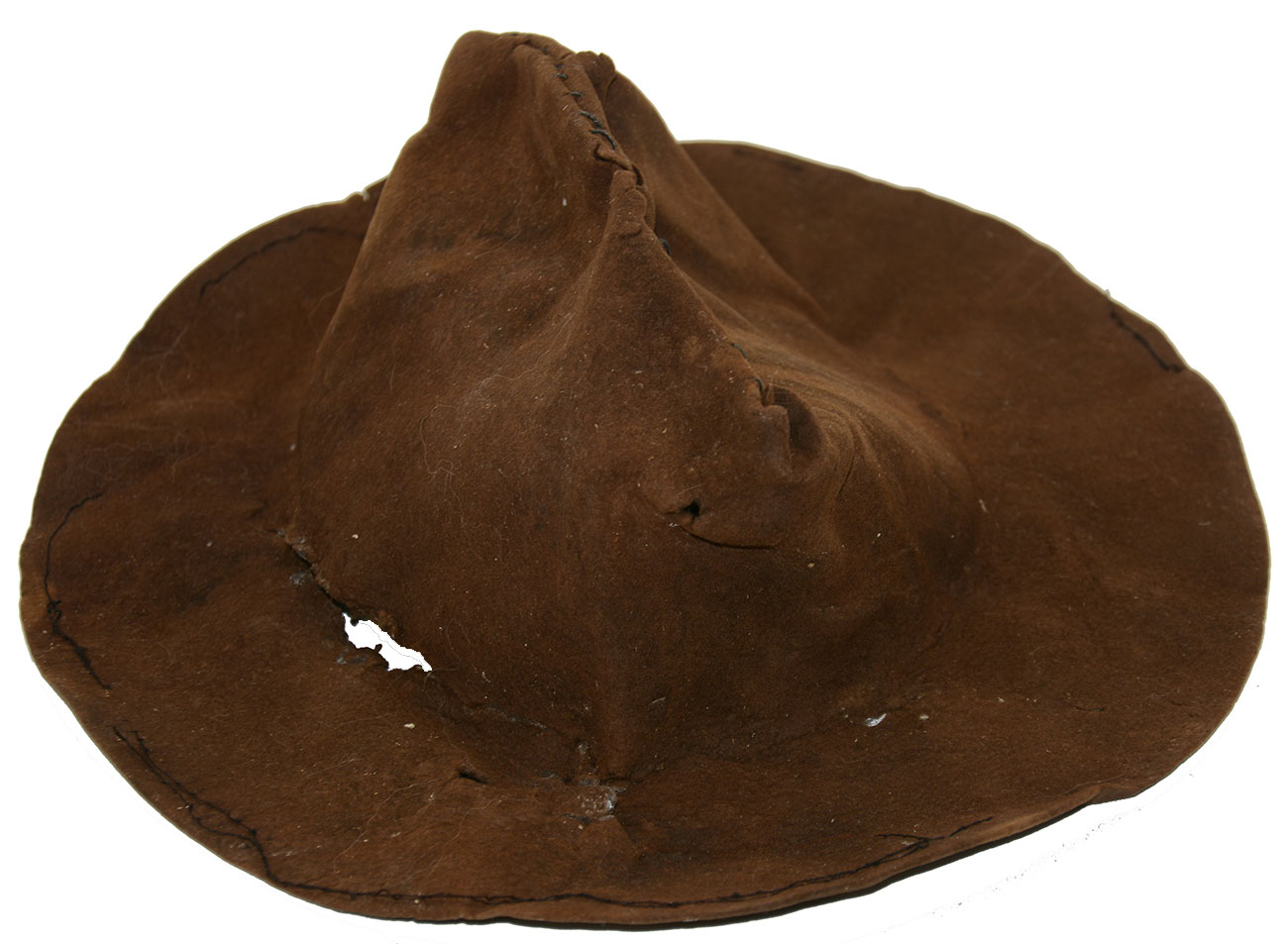
Hover to zoom

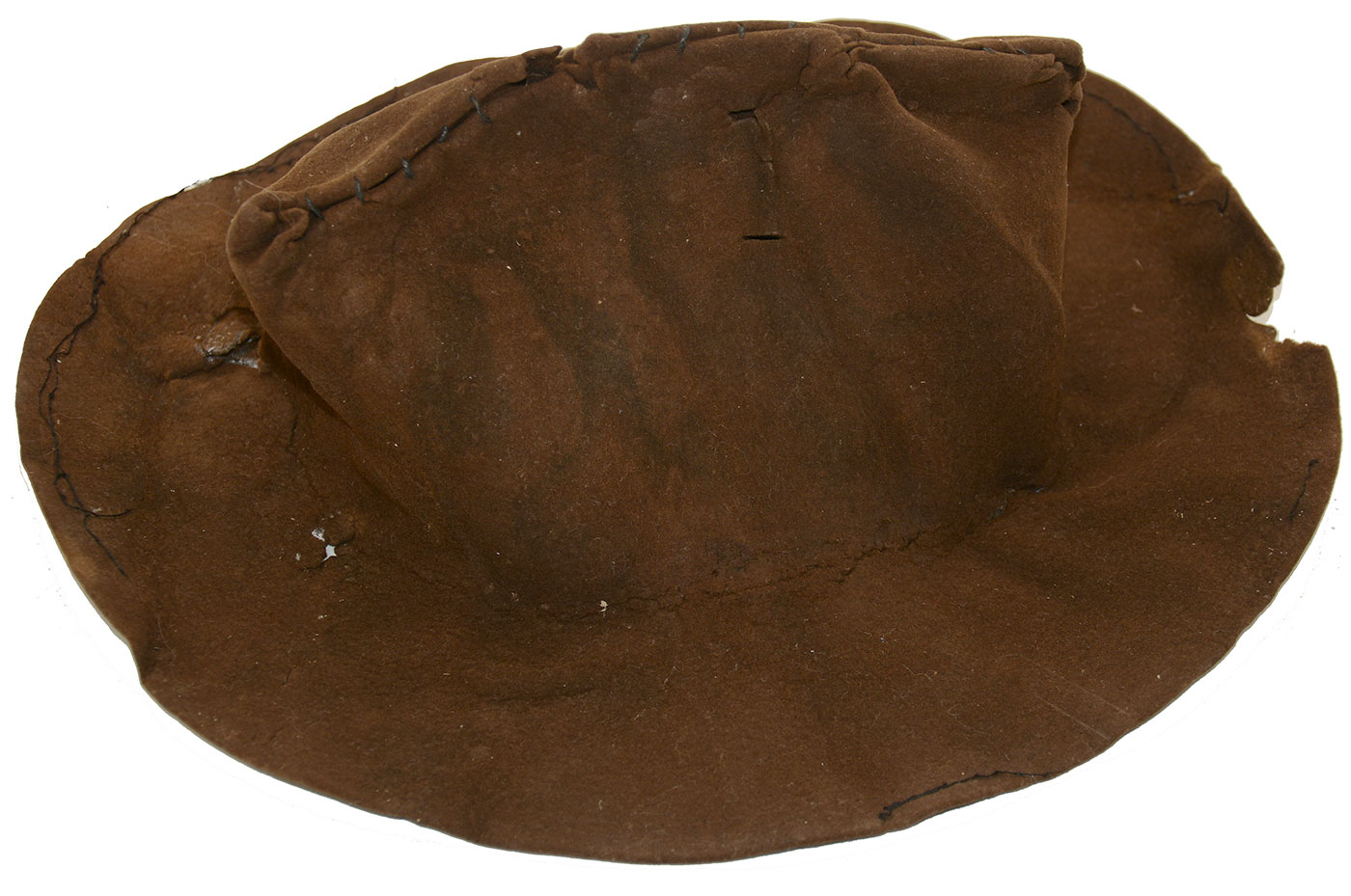
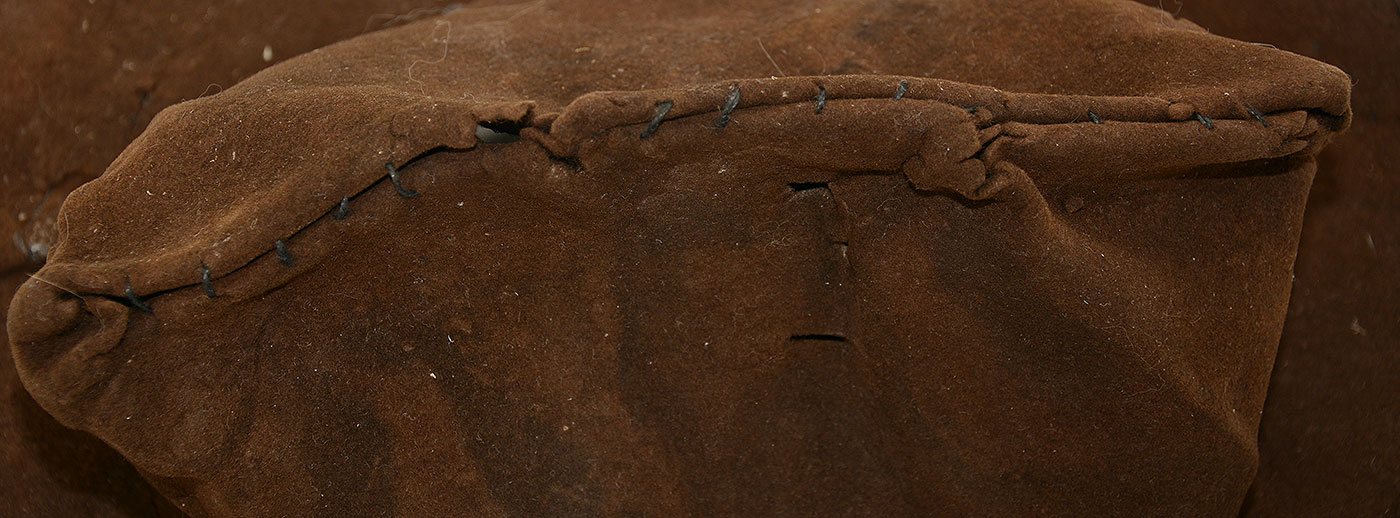
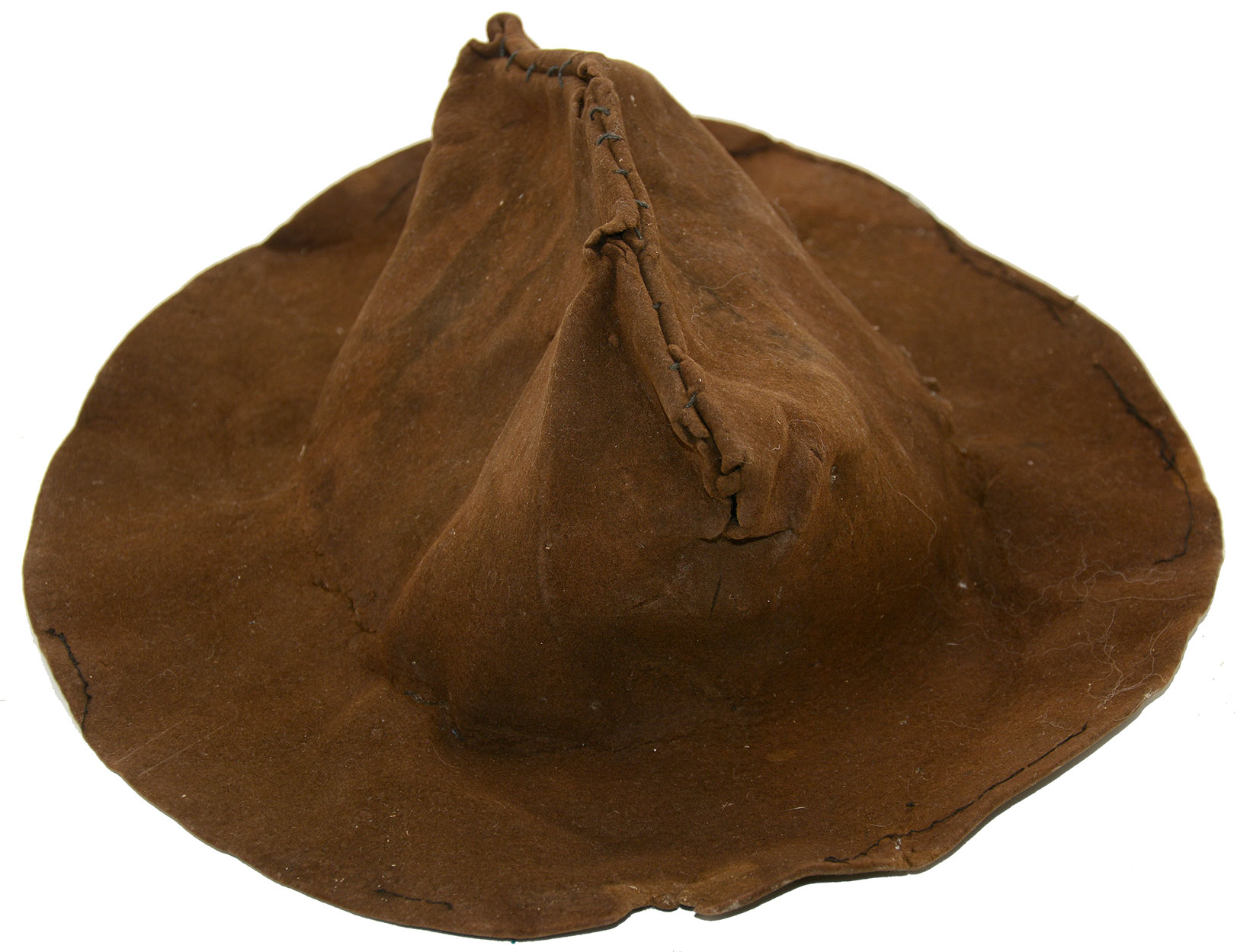
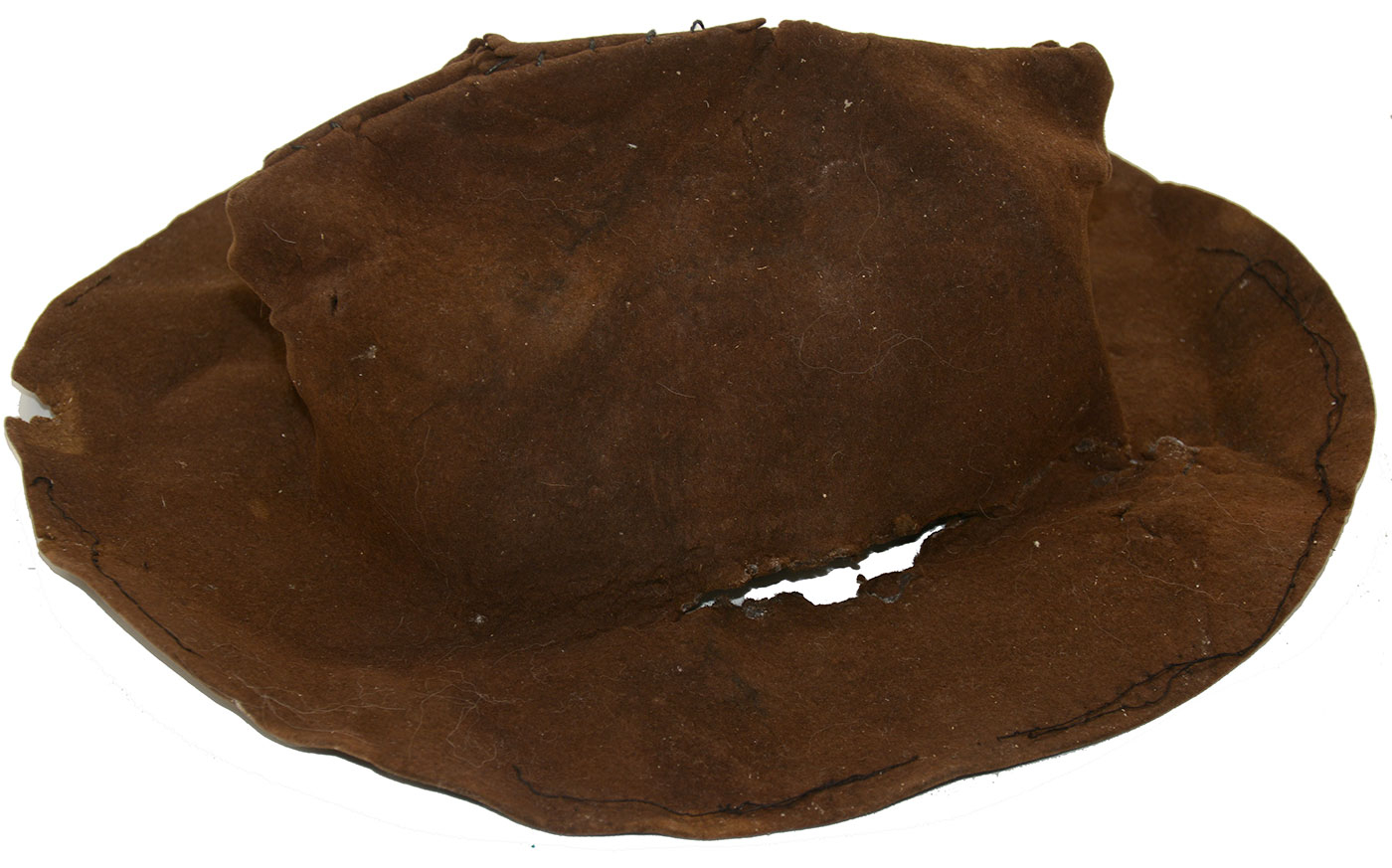
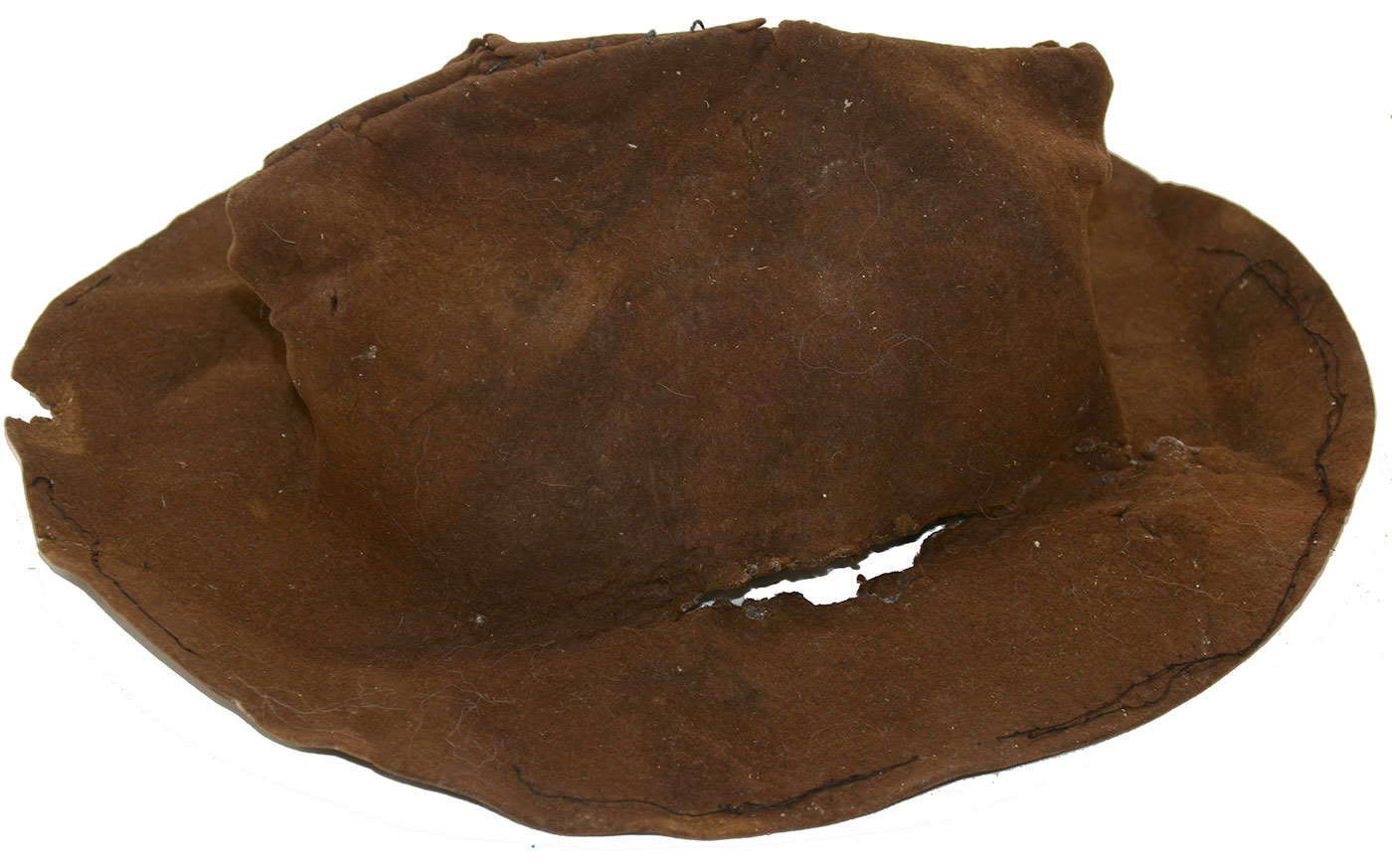
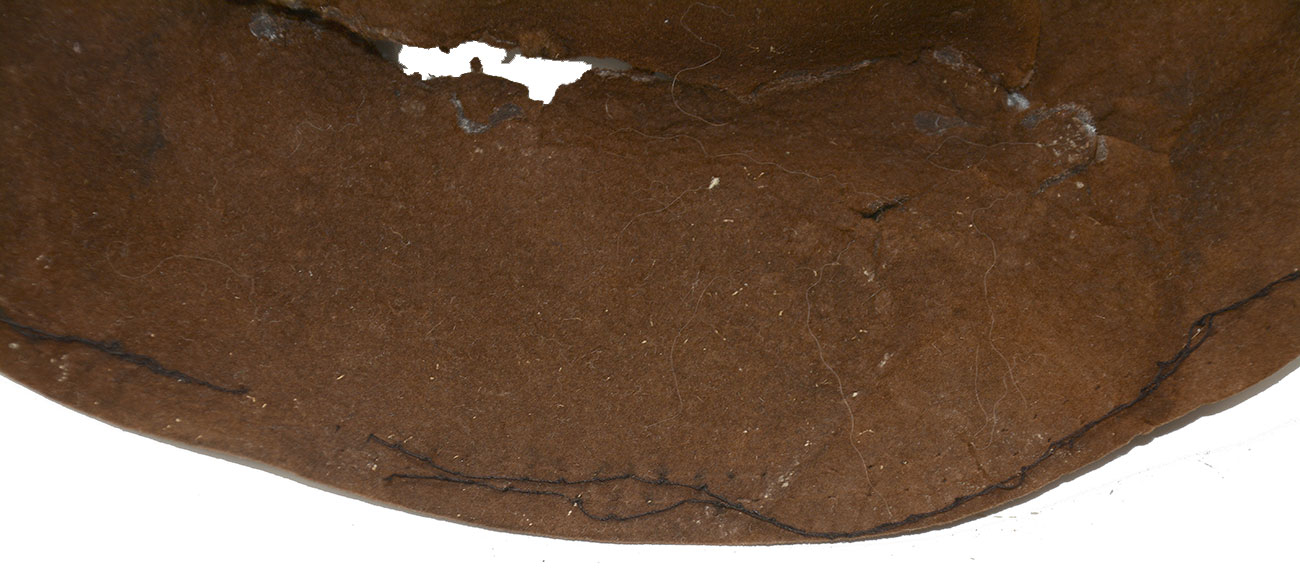
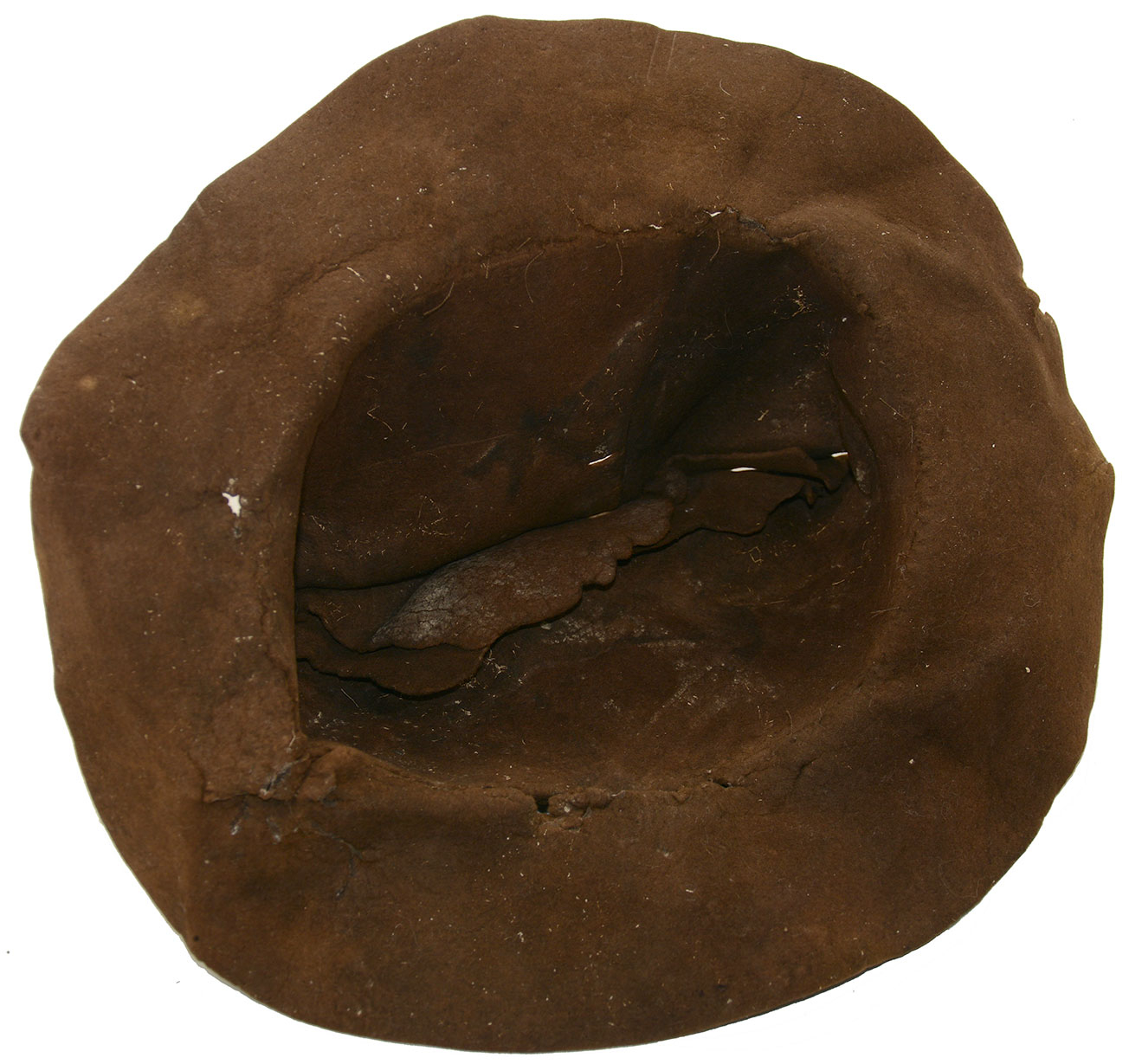
$2,750.00
Quantity Available: 1
Item Code: 1052-245
Shipping: Determined by Method & Location of buyer
To Order:
Call 717-334-0347,
Fax 717-334-5016, or E-mail
This is a real field-used example of an Indian War US Army campaign hat made from a Civil War M1858 issue dress hat (the “Hardee” or “Jeff Davis” hat) that comes from the excavations at Fort Pembina, ND, conducted on private property with the owner’s permission, and is in a remarkable state of preservation from the anaerobic conditions of the soil. The army did not get around to designing a campaign hat until 1872, and that pattern was so disliked that most troops fell back on the Civil War tradition of wearing a privately purchased hat or using a Hardee hat modified for comfort and convenience on campaign. It was not until 1876 that the army tried again with a new design and not until 1884 that they finally went with a drab color rather than black. In the meantime it was still worth it to soldiers to use up a cheaper hat on campaign or fatigue duty to avoid exceeding their clothing allowance and having to pay for a new government issue one. See Paul Hedren’s commentary on Stanley Morrow’s photographs of Crook’s 1876 Black Hills Expedition for some discussion of headgear in the field and McChristian’s excellent studies of army dress and gear of the 1870s-80s.
The hat has shifted from black to brown, something not unusual in even mint condition surplus examples. The crown was deeply creased, in keeping with 1870s and later fashion, but still stands about 5-inches tall and the brim is a good 3-inches wide, pretty average for an issue Hardee hat. What was likely the front of the hat shows some slits marking where the brass regimental numerals, company letter, or branch insignia were once attached by passing their rear loops through the fabric and securing them with a leather wedge or thong. Similarly, two slits on what would be the wearer’s upper right side likely marks the place the of the issue enlisted man’s brass eagle side plate.
The brim has very little edge loss, just one 1/4 -inch half-circle out of the wearer’s front right, and still has much of the original line of stitching running around the perimeter, just inside the edge, that was meant to give it some stiffness. There are two small holes on back of the brim near the crown and a 3-inch slit along its base on the wearer’s left rear. What was the flat top of the hat was creased and pushed down in. From the inside holes and tears are visible, but this is not visible from the outside or as displayed. A line of thread has been run along the top from front to back to keep the edges of the crease together. The fabric is largely soft and supple.
Fort Pembina, situated in the Red River Valley in North Dakota near the Canadian border, was established in 1870 and in operation until 1895. Trading posts existed earlier in the area as part of the fur trade, and the first U.S. military post there was temporary- manned by a detachment of Minnesota troops in 1863-1864 following the 1862 Sioux uprising. In March 1870 a new fort was established south of the Pembina River and about 200 yards west of the Red River, completed by July and named in honor of Gen. George H. Thomas. The name was changed to Fort Pembina in September and the initial garrison consisted of two companies of the 20th US Infantry. Their main duty was to provide security for settlers worried about Sioux returning south from Canada, but the troops were more occupied with escorting boundary surveys along the Canadian border and preventing Fenian raids heading north into Canada.
The fort included enlistedmen’s barracks, officers’ quarters, guard house, ordnance storehouse, company kitchen, root house, laundress’s quarters, quarters for civilian employees, hospital and hospital servant’s house, a barn for the “hospital cow,” quartermaster and commissary offices and storehouse, stables, wagon shed, etc. The garrison reached peak strength in 1878 af 200, but the average was about 125 enlisted men and 8 officers. An October 1885 return listed 97 men, 2 field pieces, 1 mountain howitzer, 100 rifles, 19 pistols, 23 mules, and 9 wagons. By 1890 the post had just 23 men, and after an 1895 fire destroyed some 19 buildings it was decided to abandon the fort rather than rebuild, the last detachment left in September. The property was turned over to the Interior Department and later sold in 1902.
This is a scarce Indian War relic, actually worn at small frontier fort, and likely dates early in the fort’s history. We show a drawing from Todd illustrating two regulars about 1870 and note the Hardee hat worn as a campaign hat by the private at left and the fashionable crease or “dent” added by the sergeant at right. We also show a WSU library photo used by McChristian, showing an infantry sergeant with an 1876 campaign hat and note its similarity to this modified 1858 version still in use as late as the Fort Pembina’s establishment in 1870. [sr][ph:L]
~~~~~~~~~~~~~~~~~~~~~~~~~~~~~~~~~~~
THIS ITEM, AS WITH ALL OTHER ITEMS AVAILABLE ON OUR WEB SITE,
MAY BE PURCHASED THROUGH OUR LAYAWAY PROGRAM.
CLICK HERE FOR OUR POLICIES AND TERMS.
THANK YOU!
Inquire About INDIAN WAR FIELD-USED CAMPAIGN HAT MADE FROM A CIVIL HARDEE HAT
Most Popular
Historical Firearms Stolen From The National Civil War Museum In Harrisburg, Pa »
Theft From Gravesite Of Gen. John Reynolds »
Selection Of Unframed Prints By Don Troiani »
Fine Condition Brass Infantry Bugle Insignia »
Large English Bowie Knife With Sheath 1870’S – 1880’S »
Imported (Clauberg) Us Model 1860 Light Cavalry Officer's Saber »
featured item
CIVIL WAR US NAVY LT. COMMANDER’S COAT AND BUCKLE OF ALEXANDER COLE RHIND - USS CONSTELLATION, USS CRUSADER, USS KEOKUK, FOUGHT CS BATTERIES AT DEEP BOTTOM, COMMANDED A “POWDER BOAT” AGAINST FT. FISHER, LATER REAR ADMIRAL
This is a very appealing regulation Civil War navy officer’s frock coat with interesting history. The coat is very dark blue, almost black, double-breasted with two rows of 9 US Navy officer’s button each down the front, two at the rear waist,… (1179-650). Learn More »


